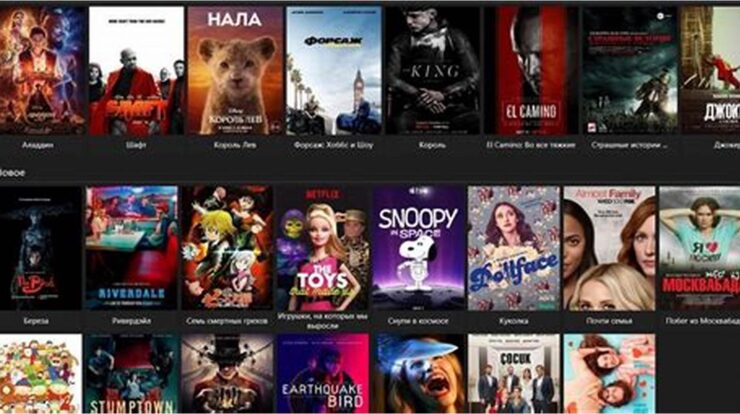spin-turbo-dan-fitur-mahjong-ways turbo-di-slot-online pola-tersembunyi-princess menguasai-langit-slot menaklukkan-slot-starlight server-terbaik-thailand misteri-mahjong-ways-sketer-hitam sistem-cheat-game-gacor jurus-terbaru-naga-mahjong permainan-mahjong-simak-pola scatter-hitam-bikin-gacor pola-petir-terbaik-x500 trik-parlay-paling-menguntungkan cara-bermain-odds-bola rahasia-sukses-taruhan-2025 tips-jitu-merubah-rotasi-sampah pedoman-ampuh-menang-terus bidikan-tepat-bikin-mengalir-deras pola-rumus-togel-online cara-licik-olah-putaran pola mahjong biki ketagihan simak rahasia slot sepuh mahjong ubur ubur ikan lele permainan koi gate paling ngehits lee simbol kedatangan jp di mahjong ways 2 pola mahjong datangkan x5000 perhatikan baik baik simbol istimewa mahjong ini 5 perbandingan antar mahjong wins dan mahjong ways top pemain starlight princess kasih tutorial jackpot pola hoki on fire mahjong win 6 shio ini dinobatkan sebagai simbol kemakmuran di mahjong ways 2 ramalan zodiak 23 februari aquarius perketat pendekatan dengan jackpot di mahjong stake minimalis terlegend di mahjong black-scatter-mj jackpot-progresif-koi-gate naga-emas-mahjong gem-saviour-conquest bocoran-wild-bandito promo-unik-diskon-khusus akun-pro-spaceman ciri-khas-situs-pragmatic-gacor pola-ajaib-gates-of-olympus update-pola-terbaru-lucky-neko
Introduction
The art of creating traditional floating fish pellets, or pelet apung tradisional in Indonesian, is a skill passed down through generations. This article will guide you through the step-by-step process of creating your own pelet apung tradisional, enabling you to produce high-quality fish feed at home.
Pelet apung tradisional is an essential component in fish farming, providing necessary nutrients for fish growth and development. By making your own pelet apung tradisional, you have the opportunity to customize the ingredients according to your fish species and nutritional requirements.
In this article, we will explore the ingredients, equipment, and detailed steps involved in making pelet apung tradisional. Get ready to dive into the world of fish feed production!
Before we begin, let’s take a moment to gather the necessary ingredients and tools for this project. You will need:
1. Ingredients
To make pelet apung tradisional, you will need a combination of various ingredients. The main components include:
- High-quality fishmeal
- Crushed shrimp shells
- Soybean meal
- Rice bran
- Wheat flour
- Fish oil
- Vitamins and minerals
Gather these ingredients in the required quantities and ensure that they are fresh and of good quality. This will significantly influence the nutritional value and overall quality of your pelet apung tradisional.
Now that we have our ingredients ready, let’s move on to the equipment needed.
2. Equipment
Creating pelet apung tradisional requires specific tools to achieve the desired texture and shape. Here are the essential equipment:
- A mixer or grinder
- A fish feed pellet machine
- A drying apparatus
- A fish feed packaging machine
Make sure to have these tools available before you start the pelet apung tradisional production process. Once you have gathered all the necessary equipment, let’s dive into the step-by-step process of making pelet apung tradisional.
3. Mixing the Ingredients
The first step in creating pelet apung tradisional is to mix the ingredients thoroughly. This ensures that all the components are evenly distributed, resulting in a balanced fish feed.
Start by combining the fishmeal, crushed shrimp shells, soybean meal, rice bran, wheat flour, fish oil, and the required vitamins and minerals in a clean mixer or grinder. Gradually add each ingredient while continuously mixing to achieve a homogeneous mixture.
Once the ingredients are well-blended, transfer the mixture to a separate container and proceed to the next step.
4. Processing the Mixture
After mixing the ingredients, it’s time to process the mixture into the desired pellet shape. This step requires the use of a fish feed pellet machine.
Feed the mixture into the pellet machine and adjust the settings according to your desired pellet size. Start the machine and allow it to compress the mixture, forming cylindrical pellets. The machine will extrude the mixture, shaping it into uniform pellets.
Continue this process until all of the mixture has been processed and transformed into pelet apung tradisional. Once completed, collect the pellets and prepare for the next step.
5. Drying the Pellets
After the pellets are formed, they need to be properly dried to ensure their longevity and prevent spoilage.
Place the pelet apung tradisional on a clean, flat surface and allow them to air dry for a few hours. Alternatively, you can use a drying apparatus or a dehydrator to speed up the drying process. The pellets should be completely dry before proceeding to the final step.
Once the pellets are dry, transfer them to a clean container or packaging for storage. Make sure to store them in a cool, dry place to maintain their quality and freshness.
Conclusion
Congratulations! You have successfully created your own pelet apung tradisional. By making your own fish feed, you have the freedom to customize the ingredients and ensure the quality of the feed given to your fish. Remember to store the pellets properly and use them within the recommended time frame for optimal results.
Now that you’ve mastered the art of creating pelet apung tradisional, why not explore other exciting articles?
Cara Membuat Nasi Uduk di Mejikom






